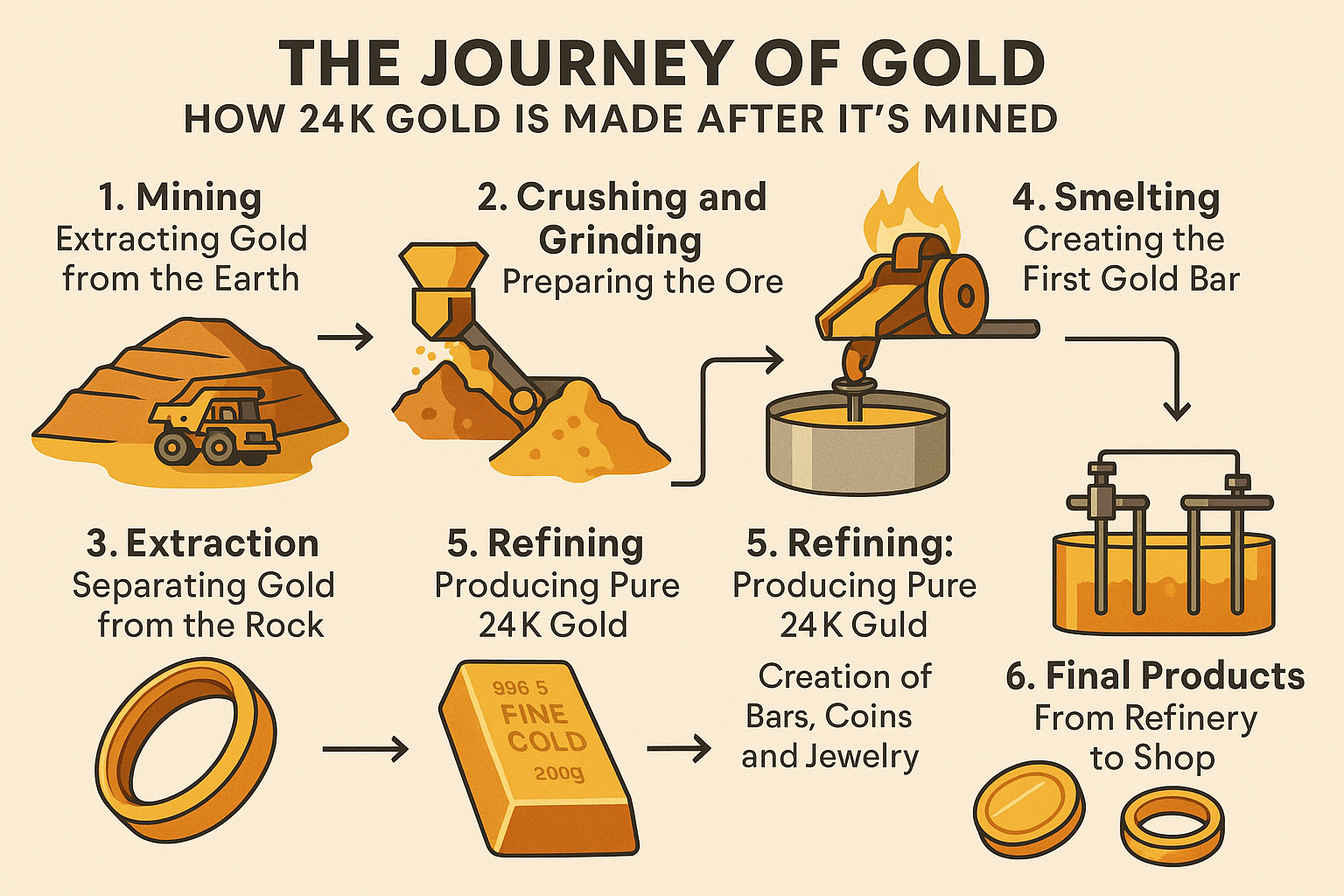Mumbai, one of India’s largest commercial hubs, plays a crucial role in the distribution and sale of various types of batteries. From traditional lead-acid batteries to modern lithium-ion variants powering electric vehicles (EVs), the city hosts several prominent markets and industrial zones that cater to both retail and wholesale battery needs.
In this article, we’ll explore the different types of batteries commonly used in India and highlight the key battery markets (hubs) in Mumbai where these products are traded or manufactured.
⚡ Types of Batteries Available in Mumbai
1. Lead-Acid Batteries
One of the most widely used battery types, lead-acid batteries are known for their reliability and affordability.
- Applications: Cars, trucks, inverters, UPS systems.
- Variants: Flat plate and tubular.
- Popular Brands: Exide, Amaron, Luminous, SF Sonic.
These are commonly found in automotive repair shops, inverter showrooms, and backup power solution providers across Mumbai.
2. Lithium-Ion (Li-ion) Batteries
Lithium-ion batteries have become the backbone of modern electronics and electric mobility.
- Applications: Smartphones, laptops, electric vehicles (EVs), and solar energy systems.
- Chemistries:
- NMC (Nickel Manganese Cobalt)
- LFP (Lithium Iron Phosphate)
- LCO (Lithium Cobalt Oxide)
They are available in both ready-to-use packs and raw cell formats for assembly, especially in Mumbai’s electronic component hubs.
3. Nickel-Metal Hydride (NiMH) Batteries
Though less common today, NiMH batteries are still used in certain niche applications.
- Applications: Hybrid cars (e.g., Toyota Prius), medical equipment, digital cameras.
They offer better performance than alkaline batteries and are sometimes available through industrial suppliers.
4. Solar Batteries
Solar batteries are optimized for storing solar energy, making them ideal for off-grid and backup systems.
- Types: Tubular lead-acid or lithium-based deep-cycle batteries.
- Usage: Residential solar systems, commercial installations, rural electrification projects.
Mumbai has a growing number of solar battery dealers due to increased adoption of solar energy.
5. Zinc-Carbon and Alkaline Batteries
These are commonly used for day-to-day household gadgets.
- Applications: Remote controls, clocks, flashlights, and toys.
- Nature: Mostly non-rechargeable and disposable.
Available in retail electronics and general stores across the city.
🏙️ Battery Markets and Industrial Hubs in Mumbai
1. Lohar Chawl (Near Marine Lines)
Known as one of Mumbai’s oldest electrical markets, Lohar Chawl is a go-to destination for:
- Inverter batteries
- Vehicle batteries
- Solar backup systems
- Branded distributors (Exide, Amaron, Luminous)
It caters to both household consumers and small business owners.
🗺️ View on Google Maps
- Known for inverter and solar battery dealerships.
🔗 Explore Dealers on IndiaMART
2. Lamington Road (Grant Road)
Famously dubbed as Mumbai’s electronics paradise, Lamington Road is ideal for:
- Lithium-ion battery cells and packs
- Power banks
- DIY battery components
- Electronics repair shops
A favorite spot for hobbyists, EV technicians, and startups working with portable power systems.
🗺️ View on Google Maps
- The go-to place for lithium-ion cells, EV components, and electronics.
🔗 Explore on Justdial
3. Andheri – Kurla – Saki Naka Industrial Zone
These midtown industrial belts house several small and medium enterprises (SMEs) dealing in:
- Lithium battery packs for EVs
- Battery assembly units
- Warehousing for B2B logistics
Many EV ecosystem suppliers source batteries from this area.
🗺️ Saki Naka on Google Maps
- Battery pack assembly units, EV startup supply chains, and warehouses.
🔗 Lithium Battery Manufacturers – IndiaMART
4. Bhiwandi and Navi Mumbai
These suburban industrial belts serve as major distribution centers for battery brands and solar product importers/exporters.
- Warehousing for bulk orders
- Wholesale solar batteries
- Corporate and institutional supply chains
Growing infrastructure and lower rental costs make this area attractive for large-scale battery operations.
🗺️ Bhiwandi on Google Maps
🗺️ TTC Industrial Area, Navi Mumbai
- Bulk suppliers, distributors, import/export operations for solar and EV batteries.
🔗 Battery Exporters in Navi Mumbai – IndiaMART
🚗 The EV Battery Ecosystem in Mumbai
Mumbai is steadily emerging as a hub for electric mobility. With increasing demand for electric two-wheelers, three-wheelers, and commercial EVs, lithium-ion battery usage is rising.
Some developments include:
- Battery swapping and charging infrastructure
- Local battery pack assemblers
- Partnerships with automakers like Tata, Mahindra, and Ola Electric
- Recyclers and refurbishers setting up base in Navi Mumbai and Vasai
📌 Final Thoughts
Whether you’re looking for a basic inverter battery or cutting-edge lithium-ion packs for electric vehicles or solar systems, Mumbai has it all. From traditional marketplaces like Lohar Chawl to modern industrial hubs in Navi Mumbai and Andheri, the city continues to power India’s energy transition—one battery at a time.
If you’re planning to purchase or distribute batteries in Mumbai, visiting these markets or connecting with local suppliers can give you access to a wide range of products, expert knowledge, and competitive pricing.
Get/Find batteries in Mumbai, battery dealers Mumbai, battery shops Mumbai, battery types India, EV batteries Mumbai, industrial batteries India, inverter battery Mumbai, Lamington Road electronics, lead acid battery, lithium ion battery, Lohar Chawl batteries, Mumbai battery market, Saki Naka battery dealers, solar batteries India


